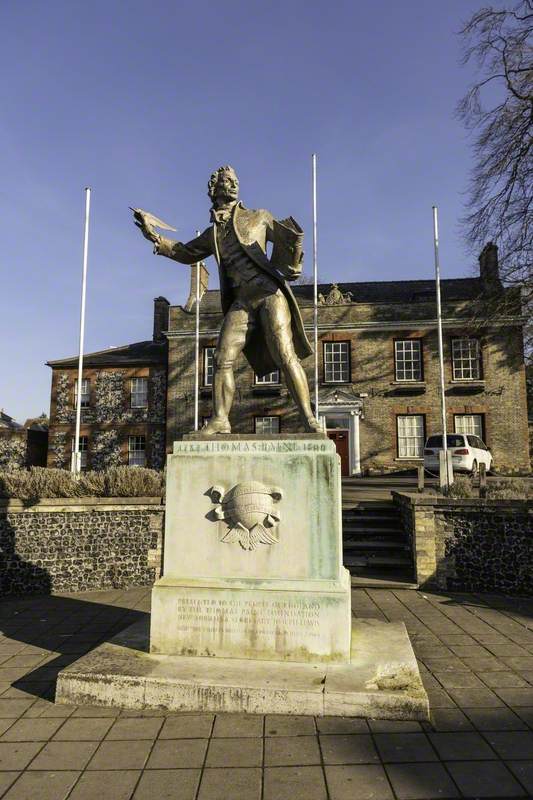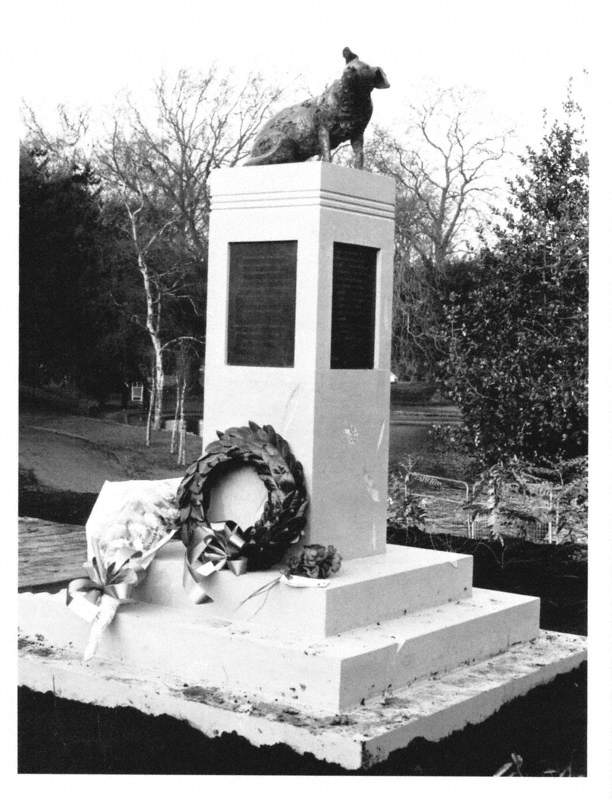This powerful and evocative work was created by the sculptor Hazel Reeves. Titled 'Rise up, women', it is colloquially referred to as 'Our Emmeline', and was unveiled in St Peter's Square, Manchester, on 14th December 2018, marking 100 years since some women were granted the right to vote.
'Rise up, women' (Emmeline Pankhurst, 1858–1928)
2018
Hazel Reeves and Bronze Age Sculpture Casting Foundry 
Its unusual design depicts Emmeline Pankhurst surmounting a chair, addressing a mass demonstration. Oriented towards the former Free Trade Hall, where the first women’s suffrage meetings took place, it is set at the centre of a 'meeting circle', also designed by Reeves.
Pankhurst was born in Moss Side on 15th July 1858, and went on to become the leader of the suffragette movement. On 10th October 1903, she founded the Women’s Social and Political Union – their motto was 'Deeds not words'. Membership was restricted to women but open to those from any social class.
In 1910, Pankhurst moved the WSPU headquarters to London, and their campaign became increasingly militant. Many of its members were arrested and endured brutality in prison, including force-feeding.
'Rise up, women' (Emmeline Pankhurst, 1858–1928)
2018
Hazel Reeves and Bronze Age Sculpture Casting Foundry 
The statue was commissioned by the Emmeline Pankhurst Statue Campaign and Manchester City Council. The selection of Pankhurst as the subject of the work was made through public vote from a list of 20 inspiring Mancunian women. Reeves has referred to the enormous sense of responsibility she felt in capturing the essence of this remarkable woman.
Dr Anthony McIntosh, Former Public Sculpture Manager at Art UK









